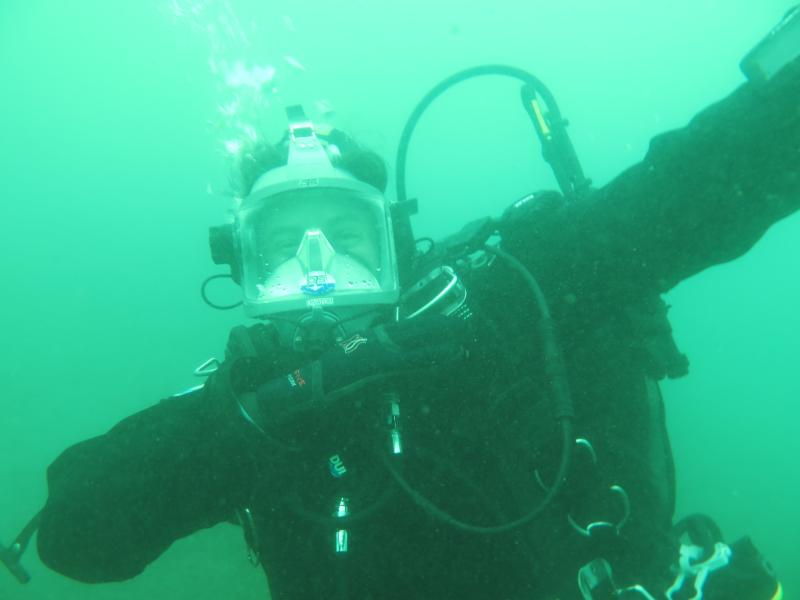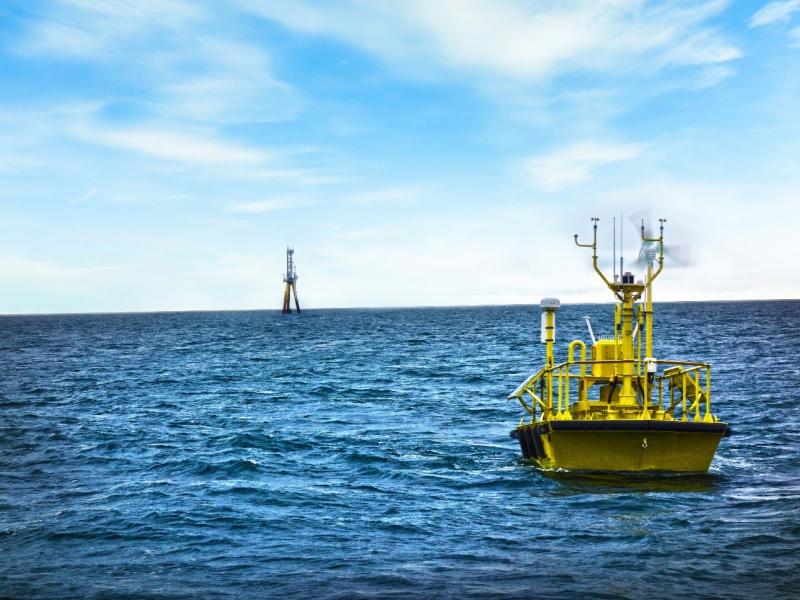
EARTH - Environmental Sciences and Risk Analyses Tools
Environmental sciences and risk analyses tools have changed dramatically in the last decade. Government agencies and interested parties are focusing on holistic approaches to understanding the environmental fate and transport of contaminants and their potential impacts on humans and the environment.

This image from NASA depicts a full view of the Earth, taken by the Geostationary Operational Environment Satellite (GOES-8). The red and green charnels represent visible data, while the blue channel represents inverted 11 micron infrared data.
(Image courtesy of National Aeronautics and Space Administration [NASA])

